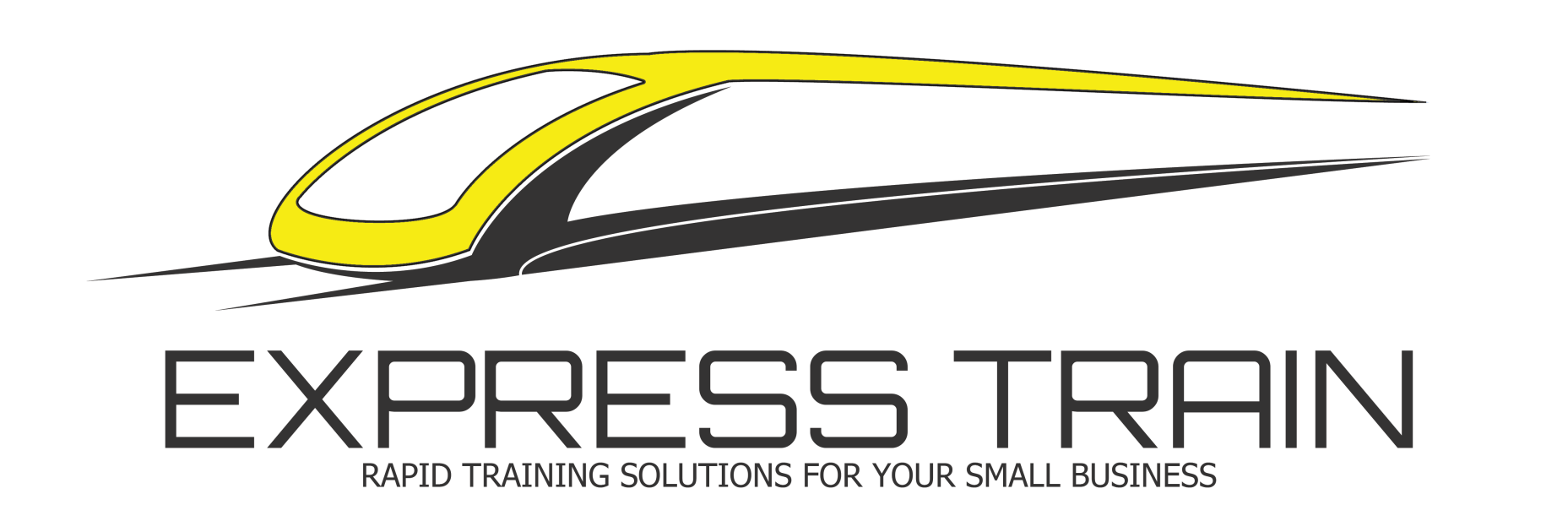The All-Too-Common Scenario
Picture this:
There’s Stan, the frugal forklift operator with a loaded credit card… except it’s loaded from the last five times he had to buy his own gear.
Stan needs a new wrench—an adjustable contraption that can handle the nuts and bolts of his day-to-day battles with rusted pallet jacks.
The boss says, “Tools are your responsibility,” then promptly heads to the corner office to listen to whale music.
Stan checks his meager tool budget and discovers the professional-grade wrench costs more than his monthly cable bill.
With a tear in his eye and a shrug, Stan heads over to the discount bin in that suspicious hardware store that also sells discount sushi. He emerges with a piece of metal so flimsy it might just fold under the pressure of opening a soda bottle.
Now Stan’s on the factory floor, wrench in hand, doing the job. One twist… two twists… crack. The cheap bolt remover becomes a potential finger remover. Stans’s in the ER, the forklift is in disrepair, and the boss’s cost-saving measure just led to lost time, more workers’ comp paperwork, and a forklift that’s about as useful as an inflatable dartboard.
Why Skimping on Tools is a Bad Idea
- Increased Risk of Injury: You get the cheapest possible saw blade, you might as well hand your employees a wet noodle and hope it slices drywall. One slip, and suddenly your foreman has a brand-new air cast on his arm—plus a healthy distaste for any boss who said, “Buy your own tools, folks!”
- Lower Morale: Nothing boosts morale like making your own staff buy substandard gear! (Spoiler alert: Sarcasm.) Instead of showing them you value their safety and expertise, you’re basically telling them, “Good luck, and may the cheapest tool be with you.”
- Hidden Costs: Sure, the balance sheet might look pretty this quarter, but next quarter, you might have Stan’s ER bill, production downtime, possible fines, and a tarnished reputation for workplace safety. That’s like saving on groceries by shopping in a dumpster—short-term gains, very questionable results.
- Turnover: Employees who don’t feel supported tend not to stick around. As an employer, you might end up with a workforce that’s about as dependable as a chocolate teapot. Nobody wants to replace staff more often than they replace the breakroom coffee filter.
The Sensible Way Forward
Look, I’m not suggesting companies gift every single employee a platinum-plated screwdriver set wrapped in velvet and accompanied by a heartfelt serenade. But it doesn’t take a rocket scientist—or even a mediocre forklift driver named Bob—to see that providing quality, reliable tools (or at least reimbursing employees for them) is a small but significant investment in the long haul.
- Offer a Tool Allowance: Some companies do this, and it’s brilliant. Instead of saying, “Here’s your measly paycheck, buy your own gear,” give employees a yearly budget to purchase high-quality, lasting tools. Everyone wins.
- Bulk Buying & Discount Programs: Could the company partner with reputable tool brands for a corporate discount? Imagine a place where power tools don’t have the shelf life of a fruit fly.
- Safety & Maintenance Training: Along with real tools comes real responsibility. Train employees on how to use and maintain equipment. You’ll have fewer accidents and a workforce that knows what the heck they’re doing.
In the end and a few chuckles later...
Cost-shifting is kind of like trying to fix a leaky pipe by duct-taping it shut and calling it a day. It might solve your financial headache now, but give it a few weeks, and you’ll have water damage in the basement—and a bigger bill to pay in the end.
The takeaway? Buy the good tools. If you can’t afford them, figure out a way to partner with your employees so they have the right stuff to do the job. Because the only thing more expensive than a good tool is the cost of someone losing a finger… or a forklift… or their faith in your business.
Trust me, you don’t want to find yourself explaining to an insurance adjuster how your cost-saving measure turned into an unintentional cameo on “America’s Funniest Workplace Injuries.” That’s not the sort of brand-building anybody is looking for.

